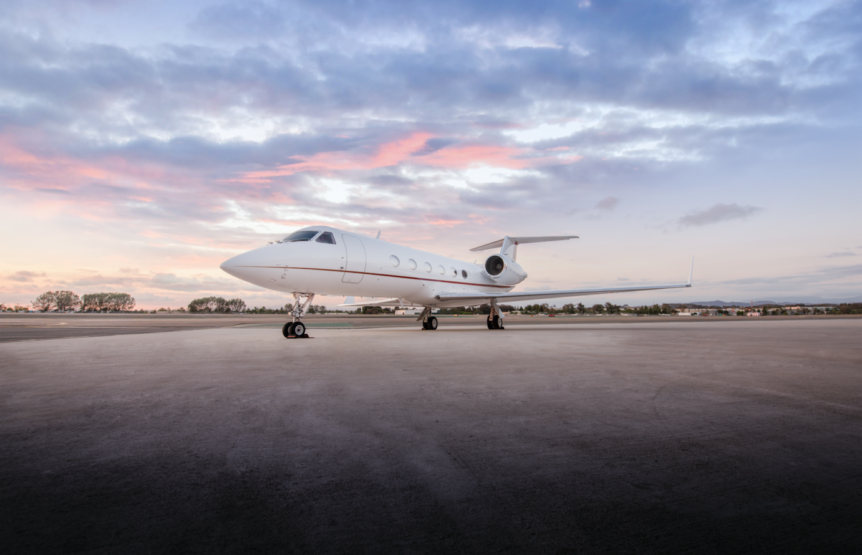A large percentage of the most successful business in the country—including small- and mid-size businesses—credit private aviation for their growth. Private jets are faster than commercial flights and run on your schedule. You don’t have to arrive to an airport early to make your way through long security lines or deal with the classic hassles of the commercial flight experience. When considering a business jet, knowing about the options available will help you get the most out of hard-earned dollars.
Private Aviation Options
Jet Cards or Block-Time Cards
A handful of companies sell jet memberships (jet cards) or block-time cards. These companies are generally either charger brokers or licensed fractional share resellers who sell blocks of air travel time (usually in 25-hour increments) at a discounted rate. The respective company charges the rate against a block of time or a membership card. Operated under the Federal Aviation Administration’s charter rules and regulations (14 CFR FAR Part 135), the time purchased does not depreciate. The rates might be more expensive than charter flights or fractional ownership, but can be an option if you don’t travel often.
Fractional Ownership
Fractional ownership is a method in which unrelated parties share ownership of a high-value asset, including aircraft, vacation homes, yachts and vehicles. Share divisions generally include whole, halves, quarters, eighths and sixteenths, and ownership includes an asset’s depreciation. In such an arrangement, deadhead (one-way) flights usually aren’t charged against you.
Jet Charters
One of the most popular business jet options, jet charters are like aircraft rentals. You rent the entire jet instead of individual seats, and you never have to worry about depreciation. This arrangement is great for traveling executives and those who do business in cities that are more than a couple hours away by car. When you charter a jet, you are also able to use different sized jets for various types of trips vs being limited to only one size aircraft.
Private Ownership
Private jet ownership is similar to private vehicle ownership—you own the aircraft. When you own a plane, you can leave your belongings onboard when you land and have complete control over who rides in the plane. You can handpick your staff and decorate the aircraft as you see fit. You are also responsible for the expenses related to hangar rentals, fuel, staff expenses, maintenance and repairs. Many people who own a private jet hire a company like Solairus Aviation to manage it for them, so they can focus on flying from A to B.
How to Choose a Jet Size
The best type of business jet depends on:
- Your budget
- The average distances flown
- The number of people who fly at the same time
- The aircraft speed you desire
If you only intend to fly a few individuals at a time, a mid-cabin or turboprop aircraft might fit your needs best. The Challenger 300, for example, seats up to eight passengers and has a range of 3,800 statute miles, so you can fly across the continental U.S. without needing to land for fuel. If you don’t need a plane with as great of range, King Air models are a good choice and seat between six and eight passengers. Other options include the Legacy 450 and Citations.
If you have several passengers to transport or travel great distances, large-cabin aircraft are the best, most comfortable options. Gulfstream, for instance, has some of the most fuel-efficient and fastest aircraft available. Gulfstream also has aircraft with ranges of up to 8,055 statute miles, making them ideal for international travel. If you have several passengers, Falcons, Global Express and Challengers are also great, as they have ranges between 3,600 and 6,700 statute miles and can accommodate between nine and 14 passengers.


